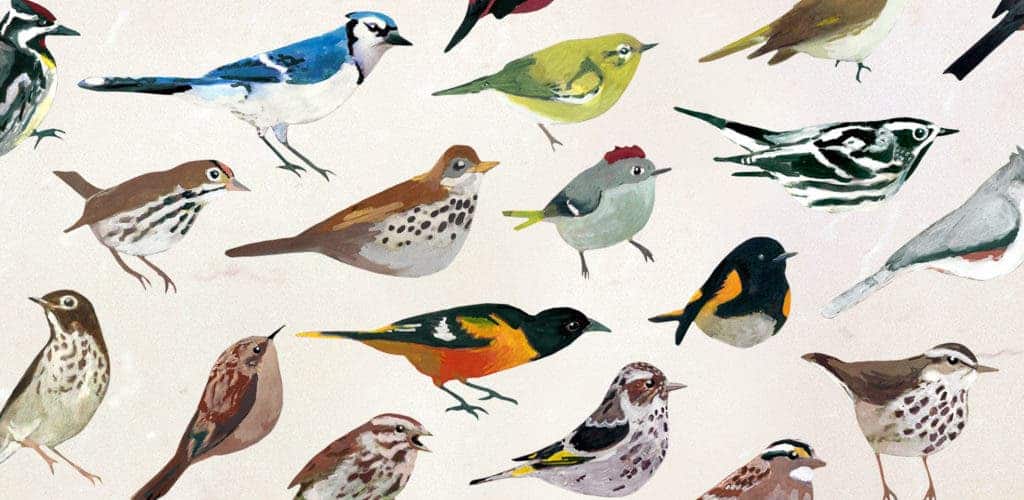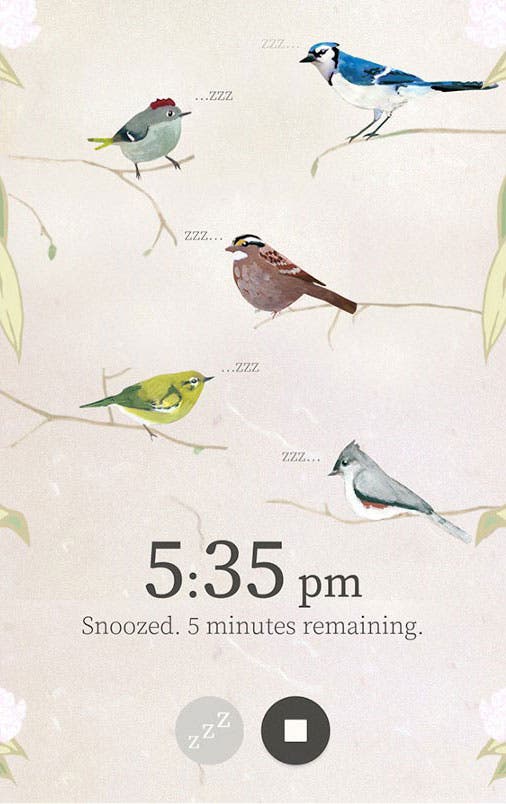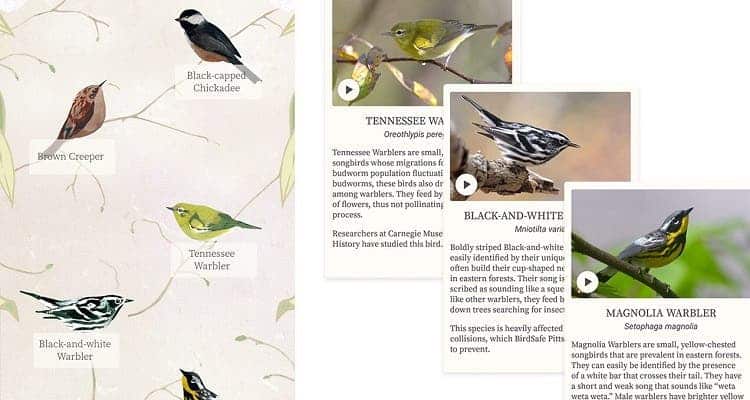Sweeten those nasty mornings with a charming wake-up call.

If you’re like most people, waking up to an alarm clock is not the most pleasant thing in the world — to put it mildly. But most people also consider the peaceful chirping of birds to be soothing and idyllic… so why not combine the two? That was the reasoning behind Pittsburgh’s Carnegie Museum of Natural History and its design lab The Studio. They’ve created a new app called Dawn Chorus (Android & iPhone), which allows you to create your own birdsong alarms, using audio files from the Cornell Lab of Ornithology.
You can play several bird songs. For each alarm, you pick five species (out of 20 options native to the northeast United States) and they play in the order you select. Like nature’s dawn chorus, this app grows louder as different birds join together in song. All of it is accompanied by the delightful paintings of Sam Ticknor, an artist with The Studio.

The Studio technician Jeffrey Inscho says the new app differs from their previous projects because it experiments with the museum “as a utility instead of a place where people come maybe once or twice a year.” He hopes that museums will play more central roles in our modern society, and apps like this can pave the way.
“The idea for Dawn Chorus was how could we activate the collection of the museum into something that would be useful [to the public] every day,” he says.
If you’re into birding or just want to learn more about birds, the app can also double as a learning tool. You can customize your alarm to familiarize yourself with the calls of the birds so you recognize them in the wild. The app also features basic information about all birds, including photos.

If you’re a programmer or would like to tinker around the app, there’s also something for you. The app is open-source and can be customized with other bird calls from your own area.
“The Studio is committed to open-sourcing our work under the MIT License. Go to Github to download the source code for the project, including all 20 bird illustrations. What we can’t release as open source, such as bird sounds and photos, we have replaced with placeholder content.”






